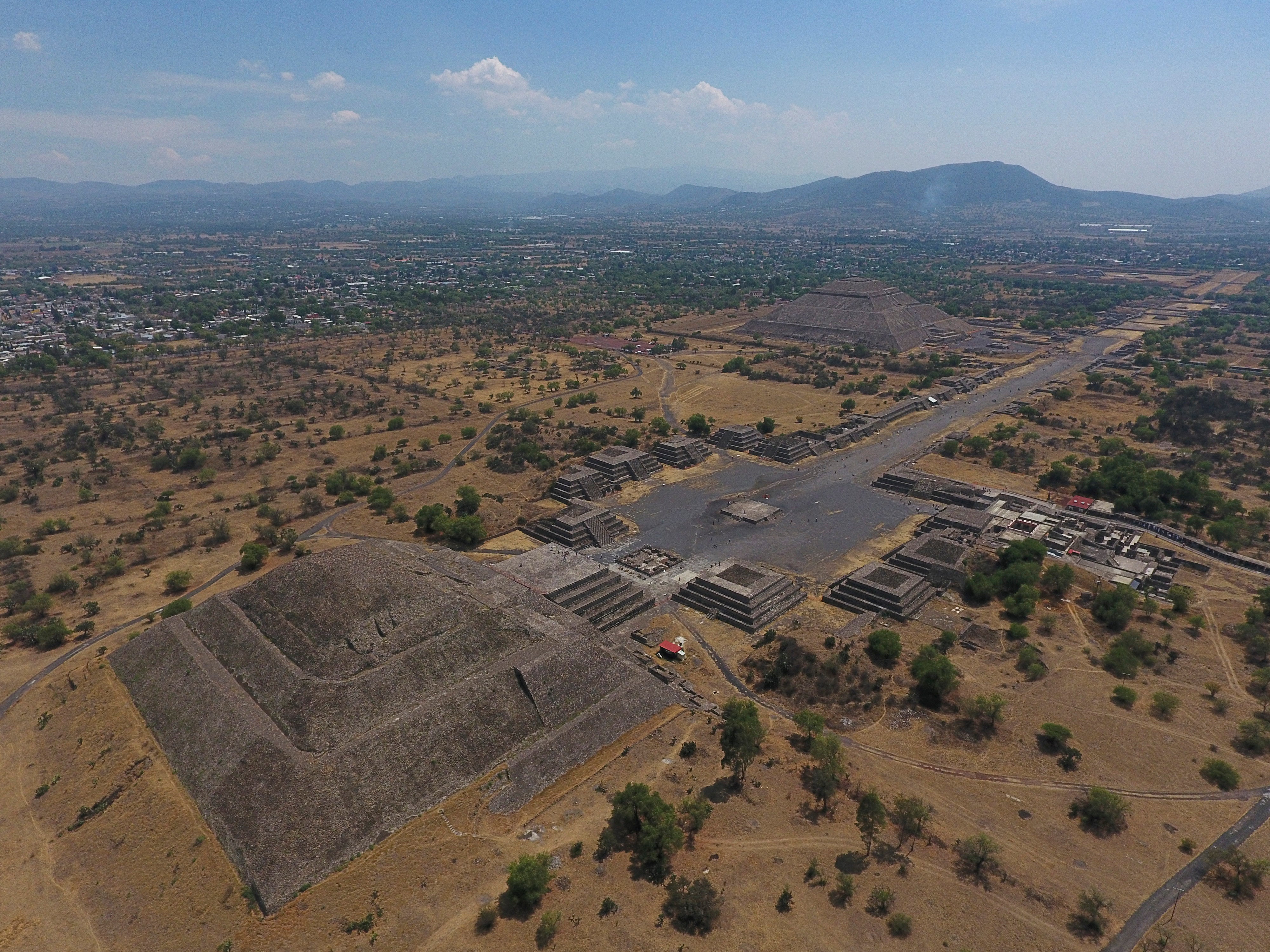Mexico: Builders bulldozing outskirts of Teotihuacan ruins
The Mexican government says a private building project is destroying part of the outskirts of the pre-Hispanic ruin site of Teotihuacan, just north of Mexico City

Your support helps us to tell the story
From reproductive rights to climate change to Big Tech, The Independent is on the ground when the story is developing. Whether it's investigating the financials of Elon Musk's pro-Trump PAC or producing our latest documentary, 'The A Word', which shines a light on the American women fighting for reproductive rights, we know how important it is to parse out the facts from the messaging.
At such a critical moment in US history, we need reporters on the ground. Your donation allows us to keep sending journalists to speak to both sides of the story.
The Independent is trusted by Americans across the entire political spectrum. And unlike many other quality news outlets, we choose not to lock Americans out of our reporting and analysis with paywalls. We believe quality journalism should be available to everyone, paid for by those who can afford it.
Your support makes all the difference.The Mexican government said Tuesday that a private building project is destroying part of the outskirts of the pre-Hispanic ruin site of Teotihuacán, just north of Mexico City.
The Culture Department said it has repeatedly issued stop-work orders since March but the building crews have ignored them. The department estimated at least 25 ancient structures on the site are threatened, and it has filed a criminal complaint against those responsible.
Apparently, owners of farm plots are trying to turn the land into some sort of amusement park. The area is just outside and across a road from the site's famous boulevard and pyramid complex.
The U.N. international council on monuments and sites said bulldozers threaten to raze as many as 15 acres (7 hectares) at the site, which is a protected area. The council also said looting of artifacts had been detected.
“Teotihuacán is an emblematic site declared as World Heritage by the UNESCO that represents the highest expression of the identity of the people of Mexico,” the U.N. council said in a statement.
Mexico has long been unable to enforce building codes and zoning laws or stop illegal construction, in part because of the country’s unwieldy, antiquated legal system.
The destruction so close to the capital raises questions about Mexico's ability to protect its ancient heritage sites. Teotihuacan is the country's most visited archaeological site, with over 2.6 million visitors per year, and it has hundreds of smaller, more remote and often unexplored sites.
Teotihuacan is best known for its twin Temples of the Sun and Moon, but it was actually a large city that housed over 100,000 inhabitants and covered around 8 square miles (20 sq. kilometers).
The still mysterious city was one of the largest in the world at its apex between 100 B.C. and A.D. 750. But it was abandoned before the rise of the Aztecs in the 14th century.
Even its true name remains unclear. Its current name was given to it by the Aztecs.
But the Aztecs may have in fact called the city “Teohuacan” — literally “the city of the sun" — rather than Teotihuacan, which means “city of the gods” or “place where men become gods.”
The Pyramids of the Sun or Moon used to draw tens of thousands of visitors for the spring and fall equinoxes each year, before the coronavirus pandemic hit.